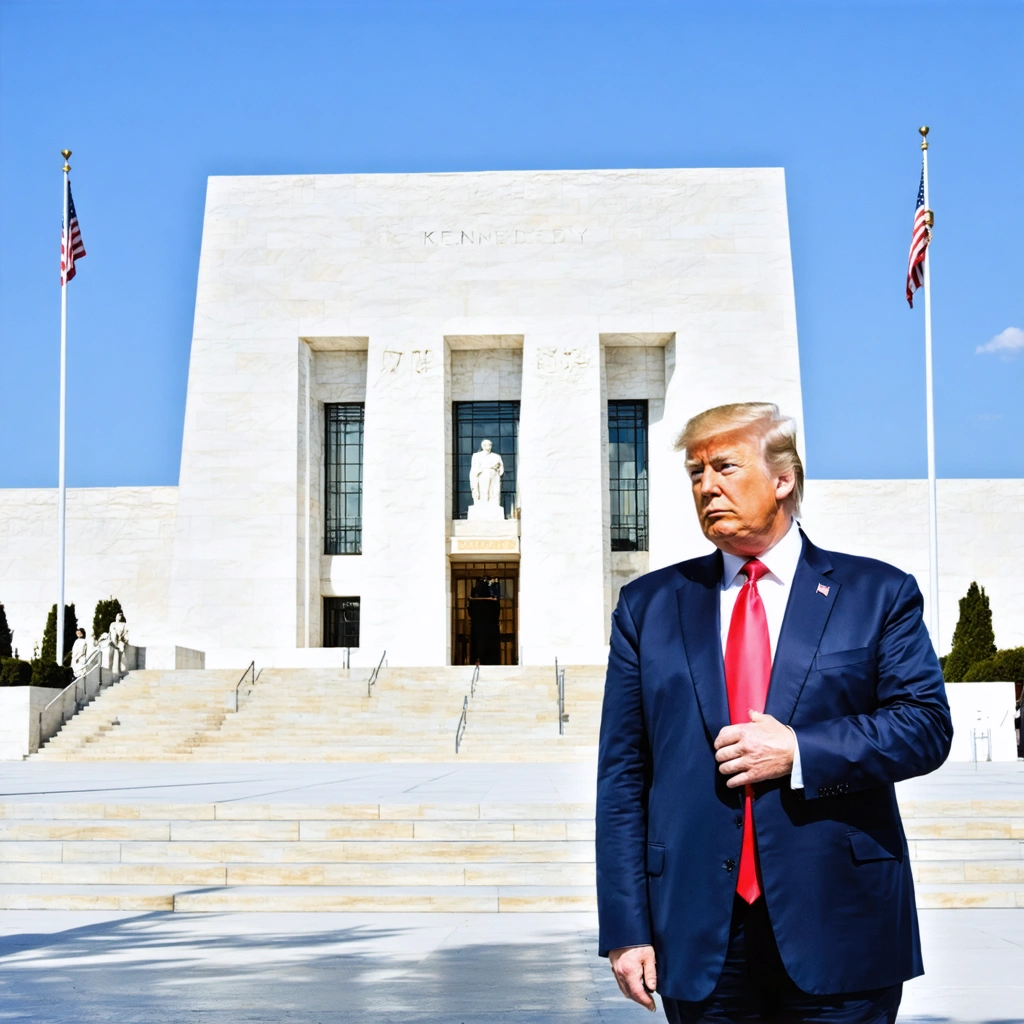
Introduction and Historical Context
The recent visit by President Trump to the Kennedy Center has marked a significant turning point in the institution’s history. This event not only symbolizes the transformation of a once-bipartisan institution but also represents a broader narrative of political and cultural reorganization. In a move that surprised many in cultural and political circles alike, the president, who orchestrated a comprehensive reshuffle, ousted Democrats from the board and installed himself as the chairman. This strategic decision has had widespread implications, both on the governance of the arts and on the diplomatic tone of cultural institutions nationwide.
Changing Governance Structures
Board Restructuring and Political Realignment
One of the most striking outcomes of this visit was the visible shift in the board’s composition at the Kennedy Center. The president’s decision to remove longstanding bipartisan elements has resonated deeply throughout the institution:
- Traditional governance structures have been replaced with leadership aligned to new political priorities.
- Experienced board members with diverse backgrounds have been substituted by figures whose backgrounds align more closely with the president’s vision.
- The alteration in board structure signals an intent to reshape cultural policy to reflect contemporary political narratives.
These changes have led to discussions about both the advantages and potential drawbacks of political consolidation in cultural settings.
The Role of the Chairman
By assuming the role of chairman himself, President Trump has taken on additional responsibilities. His dual role as a political leader and an overseer of a major cultural institution introduces potential conflicts of interest, while also opening discussions on the integration of political ideals within cultural governance. Key points include:
- Direct oversight of policy changes and strategic direction in the arts sector.
- Streamlining decision-making processes to align with federal priorities.
- Establishing a precedent for increased executive involvement in traditionally apolitical cultural spaces.
This realignment offers a unique case study in public administration and the fusion of governance models that merge cultural ambitions with political strategy.
Implications for the Cultural Sector and Beyond
Economic and Business Perspectives
From a business standpoint, the transformation of the Kennedy Center’s leadership has far-reaching implications. The fusion of political oversight with cultural administration generates both risks and opportunities for stakeholders:
- Market Positioning: The Kennedy Center’s brand may evolve to align more closely with governmental and strategic cultural initiatives, potentially attracting new sponsors and partnerships.
- Investment Opportunities: Entrepreneurs and investors might see renewed value in supporting initiatives that foster a blend of cultural enrichment and national branding.
- Operational Risks: The new governance model might also result in shifts in funding priorities, impacting long-established programs and tied investments.
Business analysts are keeping a close watch on how these changes could alter dynamics in public-private partnerships in the cultural sector.
Strategic Opportunities for Future Engagement
The establishment of a politically aligned board opens discussions on several strategic opportunities:
| Opportunity | Description | Potential Benefit |
|---|---|---|
| Public-Private Collaboration | Enhanced partnerships between government bodies and private enterprises. | Increased funding and innovative cultural projects. |
| Cultural Diplomacy | The Kennedy Center may serve as a venue for international cultural exchanges. | Strengthened global relationships and soft power enhancement. |
| Policy Innovation | New approaches to the administration of cultural institutions to align with national goals. | Modernized regulations and increased operational efficiency. |
These opportunities indicate that future collaborations could bring about a redefinition of cultural leadership in the United States, setting a trend that may influence similar institutions across the globe.
Public Reaction and Forward-Looking Perspectives
Analyzing Public and Institutional Responses
Reactions to President Trump’s visit have been mixed. While some applaud the proactive measures taken to align the Kennedy Center with a modern and dynamic vision, others express concern over the politicization of cultural institutions. Points of contention include:
- The perceived loss of bipartisan representation in cultural leadership.
- Praises for streamlining decision-making and rapid implementation of new policies.
- Criticism for potential centralization of cultural power in politically motivated agendas.
This polarization highlights a recurring tension in institutional governance where cultural identity and political alignment intersect.
Future Directions for the Kennedy Center
Looking to the future, several strategies may help balance political initiatives with the institution’s longstanding cultural mission:
- Strategic Advisory Panels: Forming independent committees to advise on programming and public engagement.
- Transparent Reporting Mechanisms: Implementing systems to maintain accountability and foster trust among stakeholders.
- Inclusive Policy Development: Ensuring that despite political shifts, the diverse interests of the community are represented and nurtured.
These initiatives will likely serve as a roadmap for the Kennedy Center as it seeks to navigate the complexities of cultural leadership amid political oversight, ensuring that both artistic integrity and business interests are effectively balanced.
In conclusion, President Trump’s highly publicized visit and subsequent actions at the Kennedy Center illustrate a paradigm shift in the governance of cultural institutions. While the move is emblematic of broader political changes, it also underscores the delicate balance between maintaining cultural heritage and embracing new strategic imperatives. Stakeholders across various sectors—from cultural administrators to business investors—will be watching closely to see how these developments influence not only public art and culture but also the economic and political landscape surrounding such iconic institutions.




